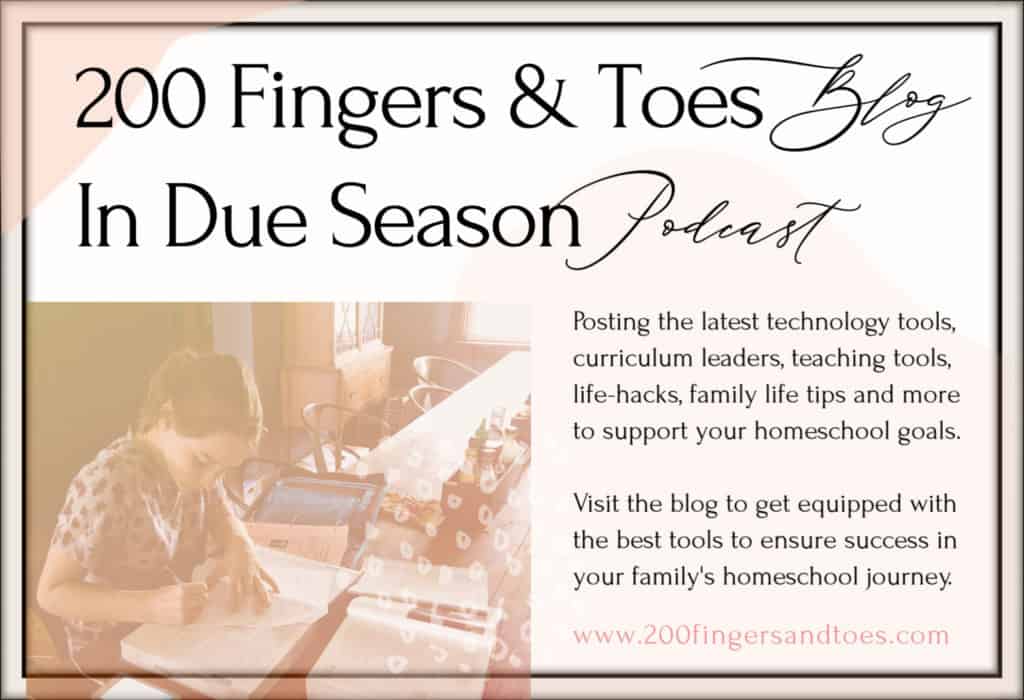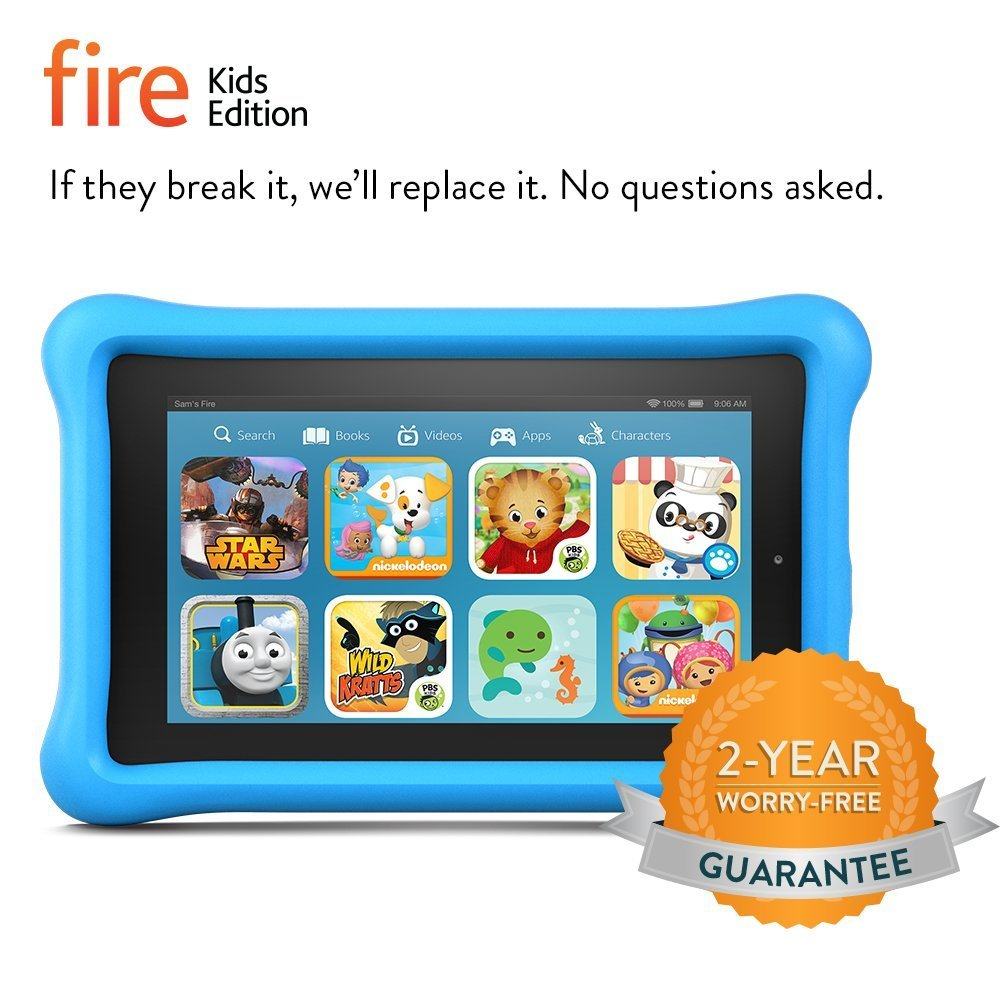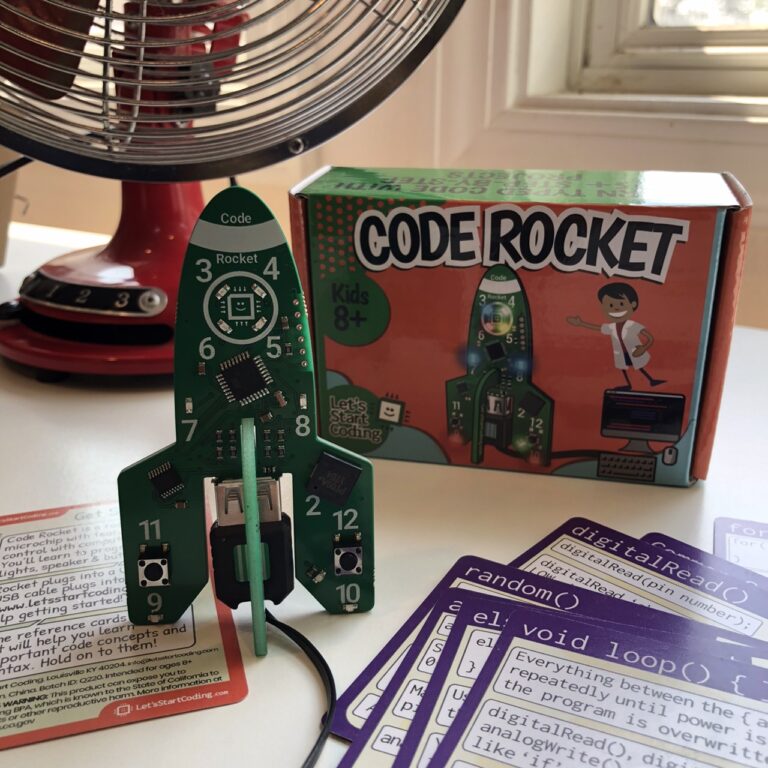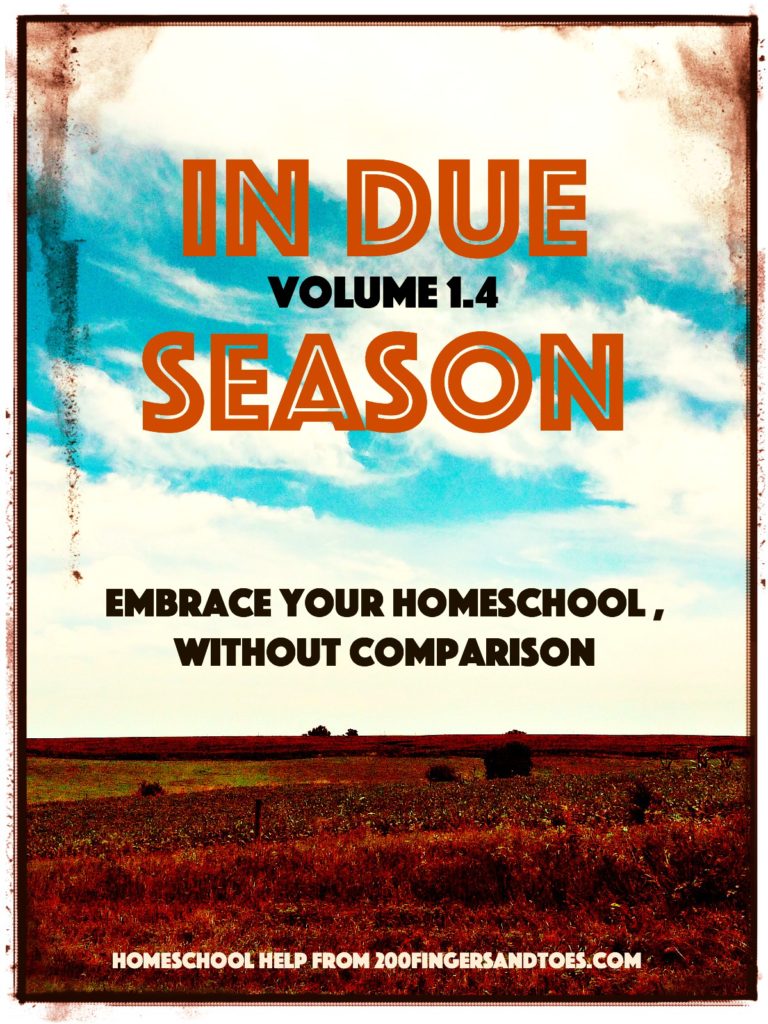2 Keys to Planning Your Most Successful Homeschool Year
We may earn money or products from the companies mentioned in this review or post, but all opinions are our own.
Wondering what to do next to create your homeschool plan now that you have concluded that it is the best choice for your family. Typically, parents ask, “What curriculum should I choose?” That can wait! There are a few points to consider before you want to buy anything. This blog post and companion podcast covers how to plan for your homeschool. There are two things that will help you more than any others.
The 2 topics you want to make sure you cover well in advance of the outlay of any cash are:
First, creating clear goals for you and your student
Knowing what you want to accomplish in your first year of schooling as well as how you want to transfer that knowledge will help you to know what kind of tools you are looking for.
Secondly, I want you to take some time to think about the learning styles of your children and yourself
These play a huge role in how we receive information. Knowing more about how your child learns will shape the kinds of materials you will choose.
Let’s Talk About Creating Practical Goals
There are many goals you might need to address in your plan to homeschool. Some of your goals will be education or academics driven. Do you have a student who is missing foundational skill-sets. This can cause them to have trouble learning in specific areas? Missing concrete reading skills or early math skills can cause learning to come to a halt as soon as the workload excellerates.

This is not an uncommon occurrence, even with gifted students. Children who can easily navigate the school system with advanced intellect can sometimes need a time of remediation and skill building when they are moved into more advanced course work. I hear from parents whose child is advanced in mathematics, struggling with the transition to higher level math. Often the struggle lies not in math essential knowledge, but instead in the fact that the child is meeting with difficulty for the first time.
Mastery of Self and Problem Solving
One vital skill to intentionally work on could be building patience with problem solving. Forcing a child to slow down is as vital as excellerating. Education is not a race to the finish. The goal of education is mastery of self and the development of an appetite for learning that lasts the child’s life.
You might need to create a plan for remediation to relearn those important skills. Building foundational skills is going to help in the long run of your homeschool, and sometimes it’s important that we take time to lay that firm foundation before we jump into core academics.
Knowing what skills you plan to work on will help you choose a curriculum and learning tools that address those areas. Especially because there are many tools to choose from. Most curriculum companies have placement tests that you can print or administer online. You could have an assessment test done at a local agency or through your public school. There are skill assessments and guides in many books and online and often you can find these at your public library. In the early years I read many books like Ruth Beechick’s Three R’s and Language Wars to help me become familiar with common expectations for early childhood learning.
Surprise! You are now an educator, it is time to get an education of your own as well. There is absolutely no subject that you can not find another parent or expert has written about. I am convinced that there is not another better time in history to be a homeschooling parent. The only drawback is the overwhelming amount of information available to us. If you aren’t confident about a subject or topic, start doing your own research. That is how I became confident in my ability to educate my own kids.
Slowing Down & Speeding Up, Both Are Right
Now another academically driven goal may be one you have to make with a student who wants the freedom to work at an advanced level. You might now be looking to change Their pace or find where they actually need to be placed educationally. This is an important time to do some research in teaching a gifted child. Take the time to do some research for materials and the teaching methods that will help your child learn best. An online search will find resources a multitude of resources that will help them learn the skills they need to advance to where they are challenged.
The beauty of homeschooling is that you can allow your child to work at the level that they’re capable of in each subject. Now, I’ve had students who were great readers and terrible in math. I’ve had students who are great in math and absolutely hated writing. The nice thing about homeschooling is there’s not a grade that they have to be across the board in. I was able to determine what level they began in each subject for the school year, and we accelerated through one year’s work at whatever pace and the level that they were in.
By doing this, you allow a student to advance in the subject areas that they’re interested in and you don’t hold them back from places that they’d like to explore deeper and go further.
Create a Plan to Educate Your Whole Child
Are you creating goals that are relational?
If you are schooling at home for the first time, you are going to be creating a whole new life for all of you. That is a huge transition. Take the time to recognize that. Children are resilient and flexible, but it is a good thing to consider what this change might feel like to them. Even if they were the one who initiated the idea of homeschooling.
Do You Need to Create a New Routine?
Homeschooling is a great time and place to gather together as a family and regroup through transitions or changes of schedule. Maybe the kids are older and you are adding part-time or even full-time work. You could be getting to know a new city with a recent change of environment. Have you moved? These are times when we could need to step back from a heavy academic schedule and give time to a lighter education model so that we can adjust as a family to new changes in our life. This can also be to your advantage during a lengthy sickness or an extended recovery.
Homeschooling gives you the opportunity to stick to your core subjects and maybe shed some extra subjects that you don’t need to be working on right now.
When creating a plan for your homeschool be sure to give room for academic and non academic goals alike.
Learning Style & Curriculum Choice
When we’re making our goals, we should consider learning style. Now, this is not just your child’s learning style, but this could be your learning style as well. What does your child like to learn and where are they struggling? These are important things, and if you don’t have the input from the school, you might need to spend some time studying your child and see how they connect best to learning materials.
Now, there are lots of learning styles. There’s visual, aural, which is auditory, verbal, physical, logical, solitary, and social. Between those, there’s varying degrees that children respond to materials that come to them in those modes.
Knowing your child’s learning style and the way that they respond best will help you choose materials that will lead them to better learning activities. Now, I say consider your child’s learning style, but this is the thing. You’re going to be the one doing the teaching, and your learning style needs to be taken into consideration.
Yes, you might have a hands-on child, but there are ways that you can create hands-on tools that don’t create more work for you. I’m not a particularly hands-on mom. Most of our learning materials are free-play and free-learning with very few structured hand-on activities. It works best for me because I don’t enjoy those kinds of things, but I make sure my kids have access to those in a way that they can use them best.
Now, I’m an auditory learner. I learn best by hearing things spoken out loud. I love podcasts. I love learning online. Some of my kids learn that way best, and we chose a curriculum that has a lot of read-alouds as part of the subject. My second group of kids are not as strong in the auditory category, and so we’ve had to change the way we school. Knowing about your child’s learning style can help you transition, change and make decisions that will serve your family best with your education.
A good way to discover your learning styles is how do you like to be productive in your everyday life? Do you like creating workflows? Do you like accountability? What kind of level of instruction do you expect in learning materials? Those are good things to look at when you’re looking at curriculums for your family that you will have to use every day.
How to Get a Deeper Picture: Temperaments
One way that I have explored the kind of materials that work best with me is by understanding more about my personality. I suggest taking an in-depth temperament analysis. I had mind done by my local pastor and it was a great advantage in the early years of my marriage. More recently I’ve taken the Four Tendencies test from Gretchen Rubin’s same titled book. I am discovering the Enneagram and Strength Finders. All of those things reveal more information about who I am. And when we understand ourselves and the choices we make, we can make better decisions about the kinds of materials we want to use to help us stay accountable and on task. That information can help us be a better parent and homeschool leader.
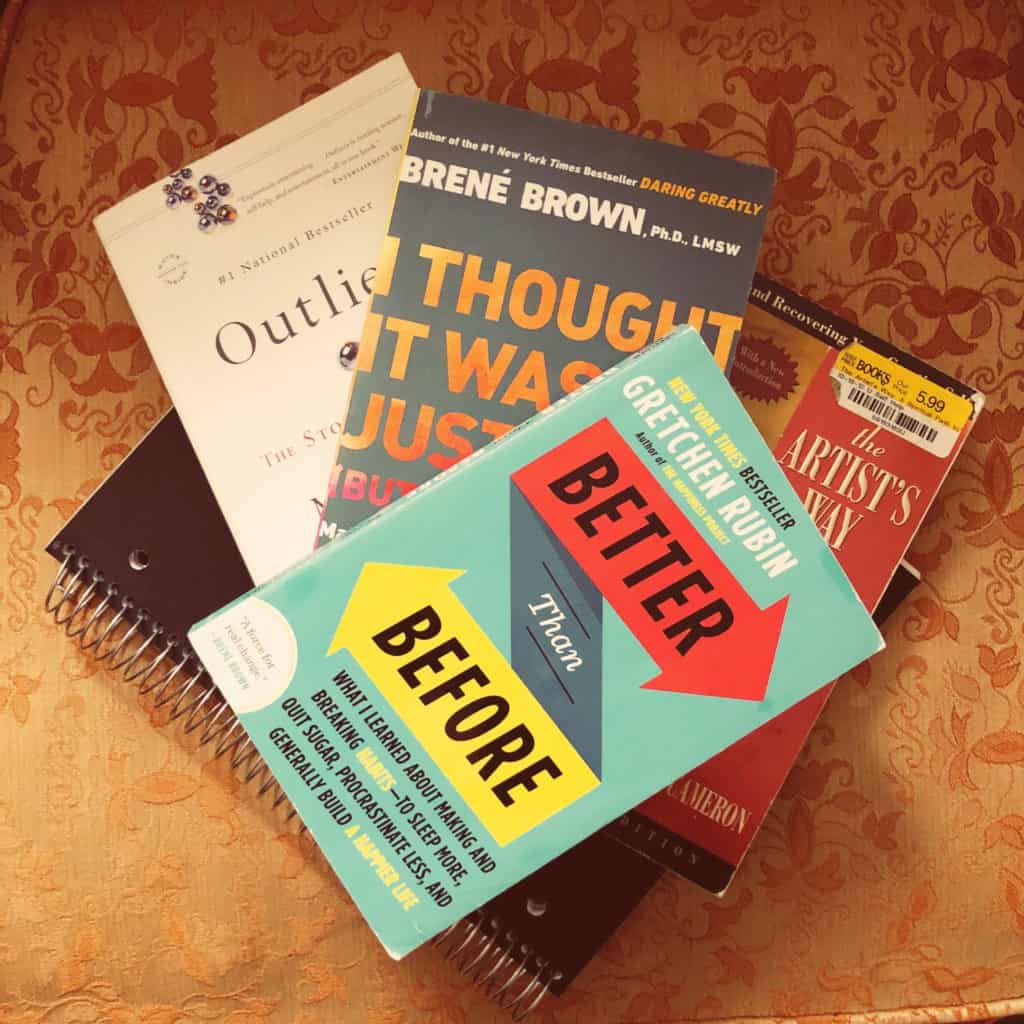
Goals Assessment: Got Skill, Need Skills
Now, another thing we can look at in our everyday life for our productivity, is our educational deficits. Now, when planning our school year, one thing that makes parents shrink back is to say they don’t have enough knowledge in a specific area. But I’m here to tell you, homeschooling materials are made with parents as teachers in mind. The publication authors know and understand that parents need leading and guiding during the teaching times. The materials are made for you to be able to teach and for your child to be able to learn.
What if you do have a deficit in your area of education, what can you do? Well, do what I do. I’ve learned ahead. I’ve done tons of reading and study in specific areas where I felt like I was inadequate or not prepared. You can find the resources you need. You can even take a course online if you wanted to. You can have confidence in the materials you’re teaching by planning ahead, by knowing the materials, and by finding a curriculum that teaches in a way that you understand.
Using What You Discover
Before you find a curriculum, I want you to create some measurable and obtainable goals for you and your children. Now we can do this in our academics, in our personal, relational and skill type of settings. What does this mean? Well, we can make goals about where we want to be educationally. Yes, we want to progress through a year of math. We want to learn how to spell. We may want to end a curriculum book or begin another. Those would be academic goals.
We may have personal goals in our homeschool time. Maybe we want to practice some practical skills, household skills or relational skills. Maybe there’s a relationship you want to build, or to help your child develop relationship skills. We’ve done things like overcome shyness by helping our children to buy things at the store on their own. These are skills that you can write down because they’re measurable. You can see at the end of the year whether you’ve accomplished these goals.
Making Room for Skill-oriented Goals
These are things like, do you want your child to learn how to ride a bike.
Do you want to build something together? The beauty of homeschooling is the goals you create, you can build into your educational plan.
Another way you can create measurable and obtainable goals is to be very clear about why you’re choosing to homeschool. These things that made you choose homeschooling are exactly the outcomes that you want to see produced in your family and in your child’s life.
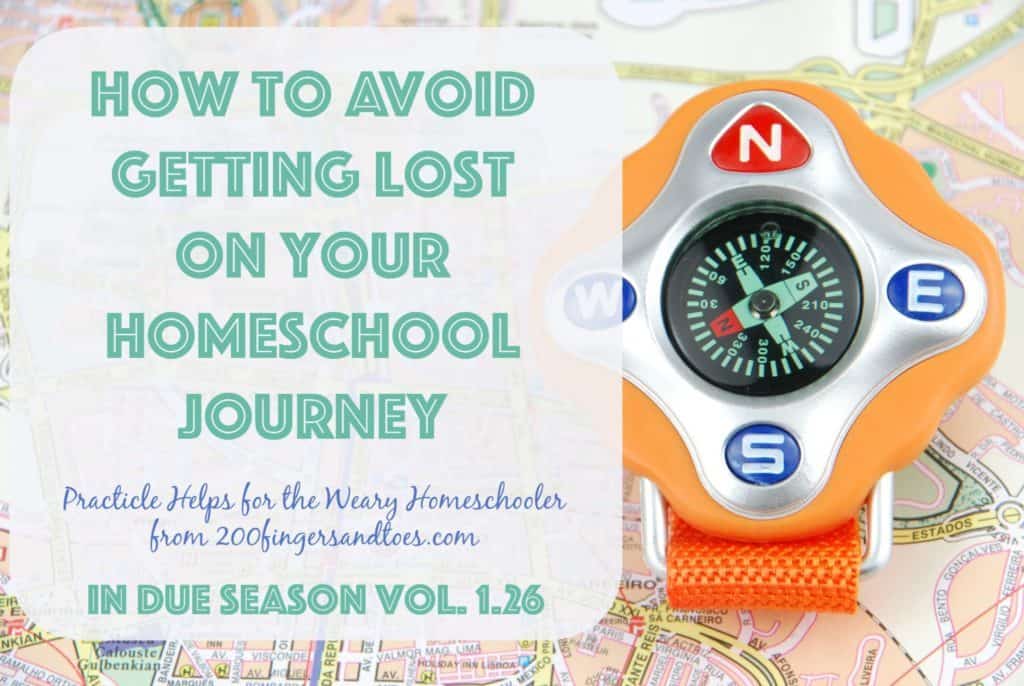
Now, I created a mini course that will create a free why page. This is a one page sheet that you can go to, to remind you of exactly why you chose to homeschool in the first place. I use my why page often, when I’m frustrated or when I lose sight of a goal. Oftentimes, I just want to check in and be re-inspired about why I chose to homeschool my family, and my why page does exactly that. Here is the link in the where you can download to create your own why page for free.
Now, another thing we want to look at is what is working for your kids. I do this in my homeschool because my goal is to find a win for them every day. I take time to observe and get to know what they like. And don’t make a judgment about interests. My son loved gaming and I was not a fan, but when I took the time to really explore his interests, I came to find there were things that he was learning in his game time. I understood that group communication and communication skills were being developed.
Find a way that you can incorporate their interests into your school.
When I had an open mind to his interests, I was able to actually see them with a different point of view, and see the educational input that he was getting at the time.
Maybe your child has an interest in music or art. Research how to use these skills and interests, and maybe where they’re used in life. I was interested to find out that when my son studied about gaming, one are the ways that gaming is commonly used is to train brain surgeons, because their fine skills can be honed with game play.
Now, create opportunities for exploring new skills or lessons and online courses. A few of my kids don’t quite have a skill picked out yet, but I try to continually bring opportunities to them to learn new things. They might not play piano, they might not play tennis, but by presenting opportunities of them to learn new things, we might find something they want to learn along the way, or we might just build skills that they’ll take into life through other opportunities.
Using What You Discover
Now, one of the things about identifying your learning style and how you receive information best, is that when you begin to explore a curriculum, you can find what matches your whole family. I had a friend who introduced me to Sonlight Curriculum. It’s the curriculum we’ve been using for 16 years. But ironically, the friend who introduced it to me did not like lots of instruction. She’s one who doesn’t like to be told what to do, and having a curriculum that told her every day, exactly the steps she needed to do, she found disconcerting and actually gave up the curriculum after one year.
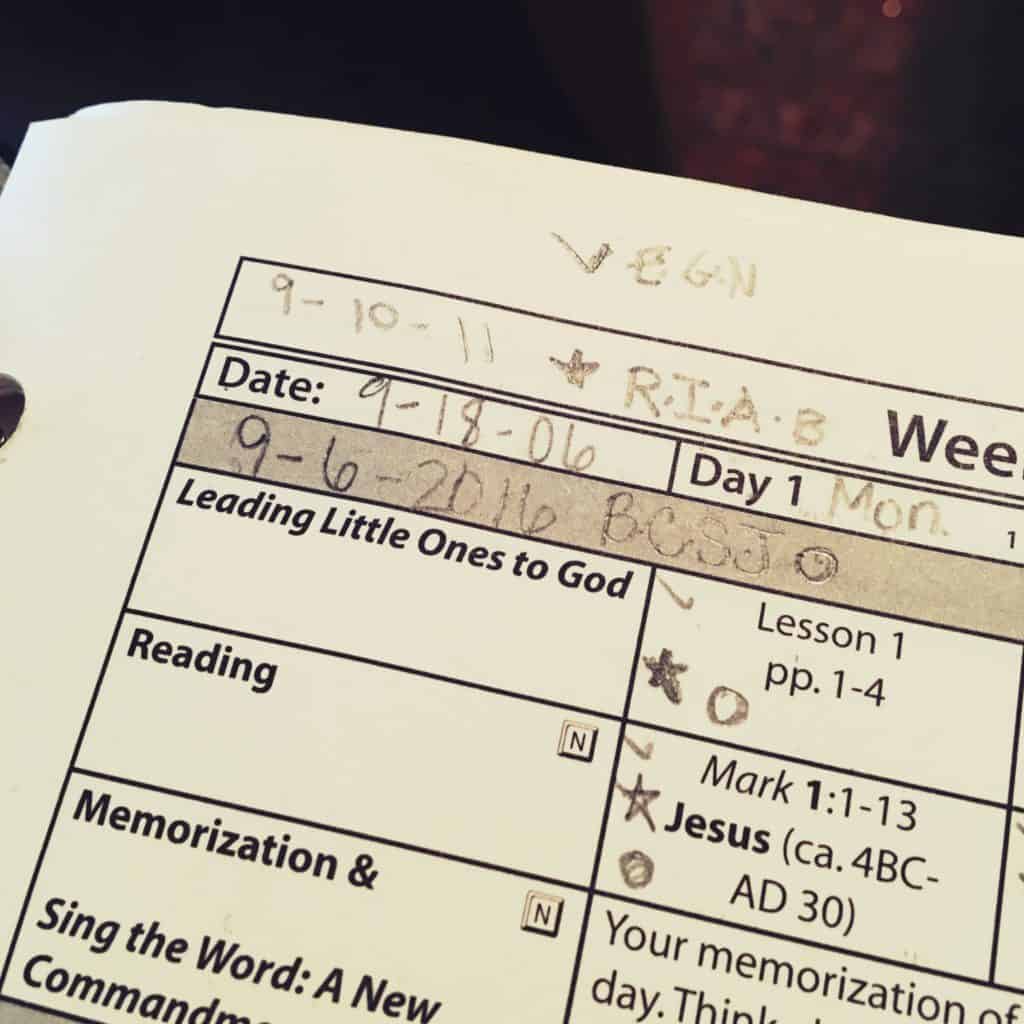
For myself, I call my binder my mom. I love it. I love opening the binder and knowing exactly what’s expected of us every single day. Every day I check off the things I want to do. I have flexibility within that to move things forward or backwards. But I love knowing that I can go to my plan and it’ll have everything laid out for me. Now, knowing what you like will help you to decide the kind of curriculum and the level of input you need to make you feel happy.
The beauty of homeschooling is that as we’re choosing curriculum, we can make sure to incorporate more of what we love. We want to create a school that inspires learning. We want to dig deeper and give our kids opportunities to create memorable learning experiences. That means maybe exploring new patterns of learning. Classroom sitting and reading is not the best way to explore new material. Maybe we can look outside of the box at ways we can learn.
When we read the book Carry On, Mr. Bowditch a few years back. It sparked an interest in sailing for my kids. So we got to dig up materials about sailing at the library. We watched videos on sailboats and movies about sailing. We dug deeper because we had the opportunity to go in depth on a subject, because we were still interested after the book was over.
That is one of the best things about homeschooling; you don’t have to close the book and walk away from an interest. You could carry that on as far as your child wants to go.
Another thing about homeschooling is you can make your child’s interests creditable, not only at the elementary level, but at the high school level. My daughter’s music lessons became part of her college transcript. Their interests can be made measurable, obtainable, and creditable. And what that does for your child, it shows that their interests matter. Their interests not only matter, but are important and valuable, and that goes a long way into raising our child’s self-esteem, our child’s wellbeing, and respect for their own interests and values in the future.
Now, as we create our goals and values coming into our school year, this will lay the groundwork for a school year that will meet your family’s needs in a way that’s beyond picking out a book, at a risk of purchasing a curriculum that you regret.
